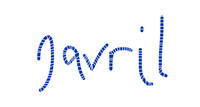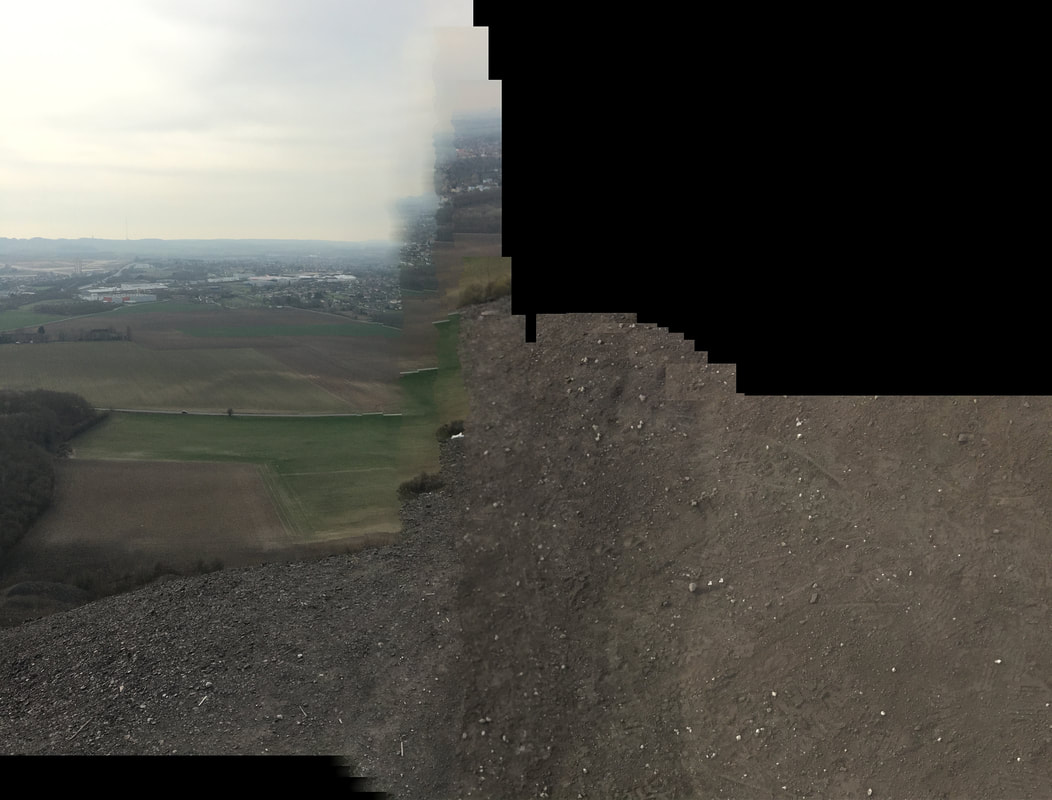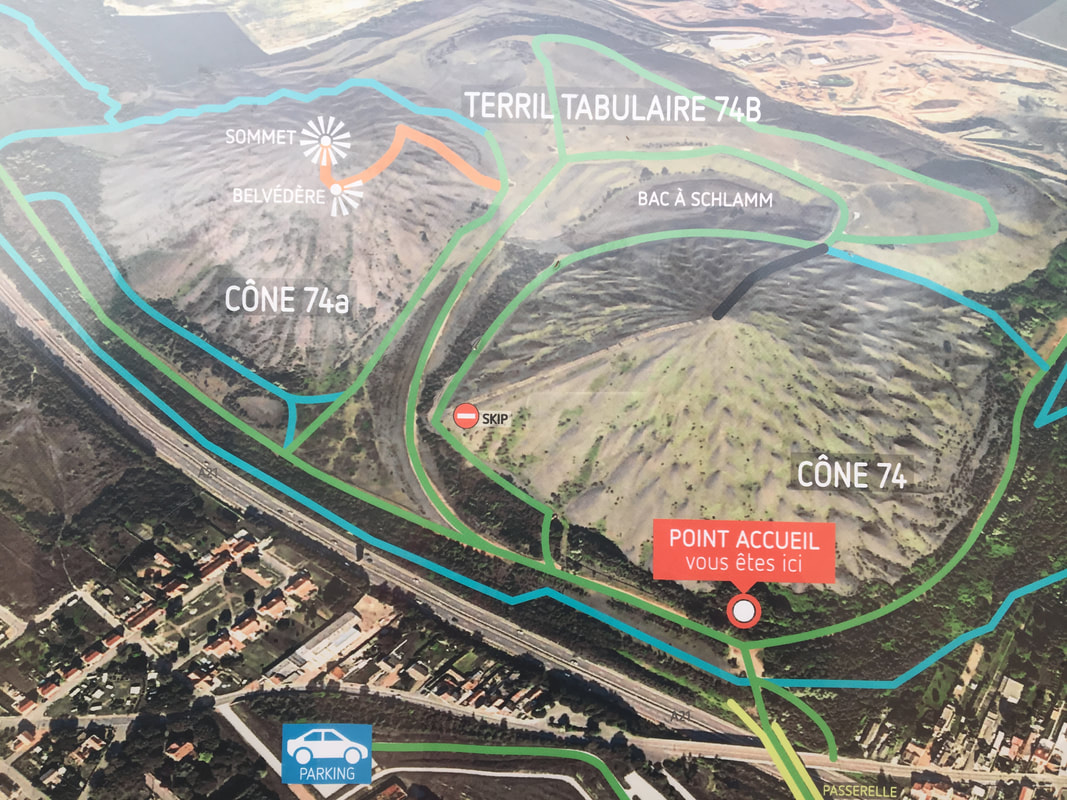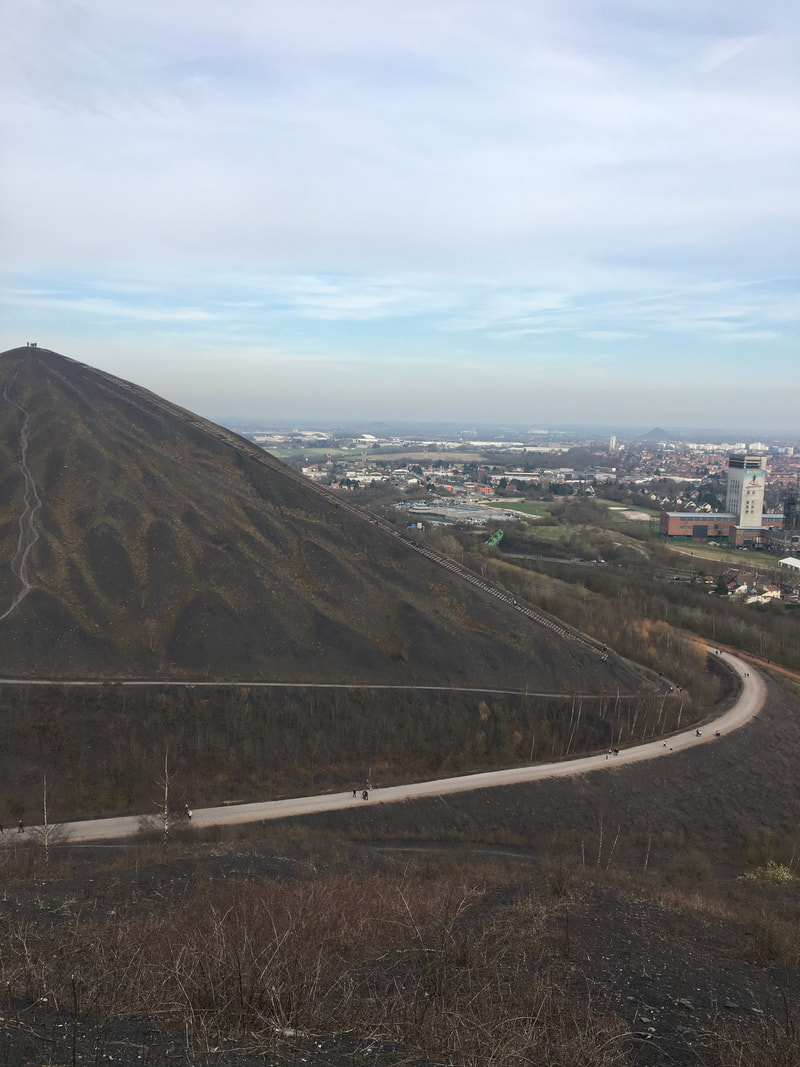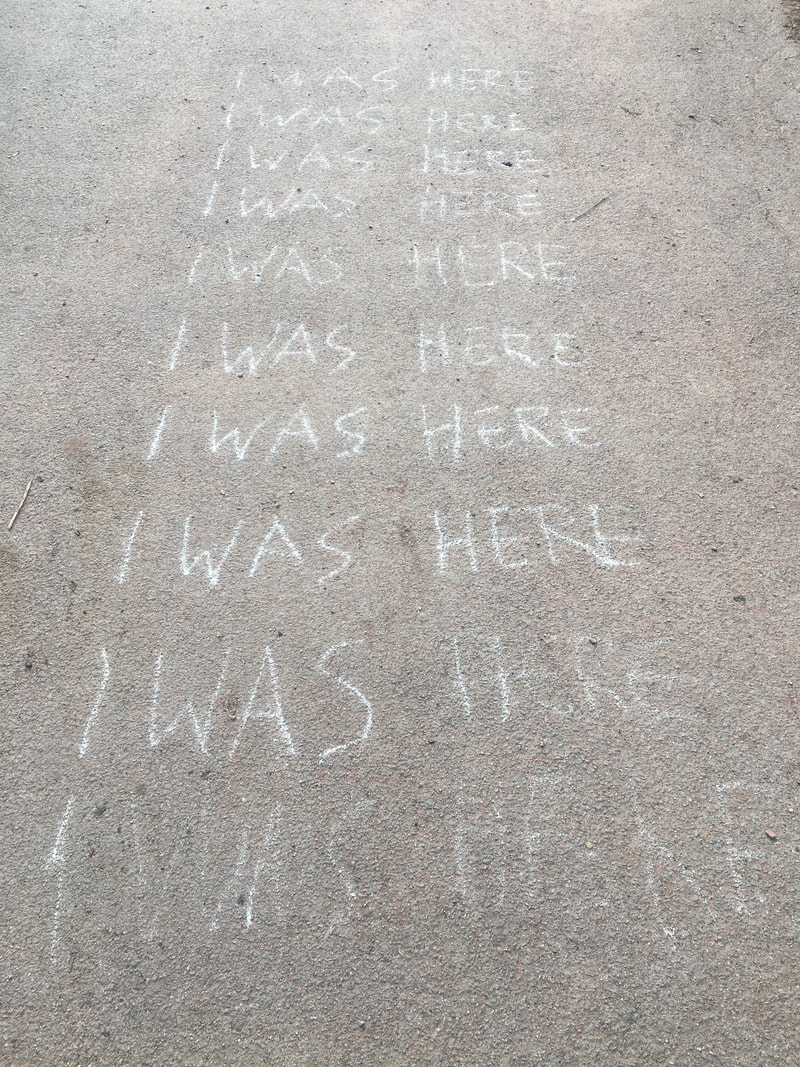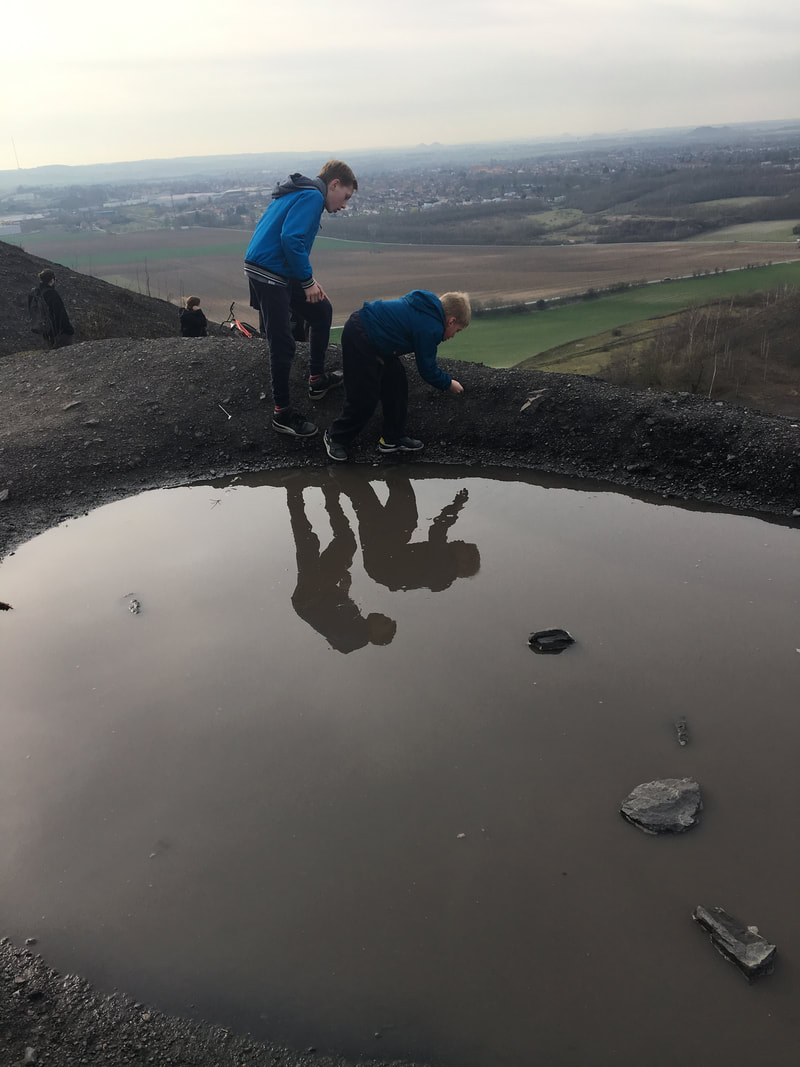|
tHE nORD DEPARTMENT EXTENDS DOWN FROM THE nORTH sEA, FORMING A BORDER BETWEEN fRANCE, fLANDERS AND wALLONIA. iTS POSITION AS A FRONTIER HAS SHAPED ITS HISTORY AND THE CULTURE OF ITS PEOPLE AS IT CHANGED HANDS OVER THE CENTURIES, MORPHING GRADUALLY FROM A fLEMISH MAJORITY POPULATION TO ONE THAT GRADUALLY ASSIMILATED TO fRENCH RULE AND WAY OF LIFE, ADOPTING THE LANGUAGE AND CULTURAL NORMS.
wHEN THE fRENCH DEPARTMENTS WERE ESTABLISHED IN 1790, MANY OF THE NAMES WERE CHOSEN TO REFLECT GEOGRAPHICAL FEATURES IN ORDER TO AVOID SCHISMS WITHIN LOCAL POPULATIONS OVER LOYALTIES BETWEEN COMPETING POWERS. uNDER THE ANCIEN RÉGIME THE nORD WAS KNOWN AS fLANDERS, HOWEVER SUCH AN NAME UNDERLINED THE FACT THAT MANY OF THE INHABITANTS FELT MORE fLEMISH THAN fRENCH. wHILE fLANDERS AS A NAME FOR A PROVINCE SUGGESTS SEPARATENESS FROM fRENCH CULTURE, nORD ALSO SUGGESTS DETACHMENT, A REGION AWAY FROM THE CENTRE, AT THE PERIPHERY, OVER THERE. a CERTAIN SEGREGATION HAS CONTINUED TO EXIST AS ‘THE NORTH’ CONNOTES PARTICULAR ASSOCIATIONS FOR THE REST OF THE NATION. wHAT IS NOW THE MOST NORTHERLY POINT OF THE NATION (THE TIP OF THE HEXAGON, THE NAME THE fRENCH USE FOR THEIR COUNTRY), WAS IN FACT ONCE THE MOST WESTERLY PORTION OF fLANDERS. wESTHOEK WAS FOR CENTURIES A PART OF THE WEALTHY cOUNTY OF fLANDERS, AND CULTURALLY THE AREA HAS REMAINED fLEMISH-TINGED DESPITE THE THOROUGH EFFORTS OF THE fRENCH NATION TO ASSIMILATE THE POPULATION. tHE ARCHITECTURE, THE TOPONOMY, AND EVEN THE LANDSCAPE RESEMBLES fLANDERS MUCH MORE THAN IT DOES fRANCE. tHE HISTORICAL LANGUAGE OF THE REGION IS A WEST fLEMISH DIALECT THAT IS STILL SPOKEN BY ABOUT 20 000 PEOPLE, BUT IS SLOWLY DYING OUT WITH THE GENERATIONS. tODAY THE DEPARTEMENT DU nORD FUNCTIONS AS AN ISOGLOSS, OR A BORDER THAT SEPARATES LANGUAGE GROUPS, AS WELL AS A NATIONAL BORDER, SEPARATING fRANCE FROM bELGIUM. iN eUROPE BORDERS ARE SELDOM CLEAR, SO IS THE CASE IN THE NORTH OF fRANCE WHERE THERE IS A CERTAIN AMOUNT OF CROSSOVER BETWEEN fRENCH AND FLEMISH CULTURE tHE CHANGING FORTUNES AND COMPLEX HISTORY OF NORTHERN fRANCE CAN BE DEMONSTRATED BY LOOKING AT THE HISTORY OF THE DEPARTMENT’S CAPITAL, lILLE. a MID-SIZED CITY AT THE CENTRE OF ONE OF THE MOST DENSELY-POPULATED REGIONS OF fRANCE, lILLE’S ARCHITECTURE REFLECTS ITS fLEMISH ROOTS. tHE LEGEND OF lYDÉRIC AND pHINAERT RECOUNTS HOW THE CITY WAS ESTABLISHED IN 640AD AFTER lYDÉRIC KILLS THE GIANT pHINAERT IN REVENGE FOR THE MURDER OF A FATHER. tHE FIRST OFFICIAL RECORD OF THE CITY IS IN 1066 WHEN A CERTAIN ‘APUD INSULUM’, MEANING ‘AT THE ISLAND’ IN LATIN IS MENTIONED. (tHE fLEMISH NAME rIJSEL COMES FROM TER IJSEL, OR AT THE RIVER, WHILE THE fRENCH NAME IS AN ADAPTATION OF L’ÎLE, OR THE ISLAND.) lILLE WAS AN IMPORTANT CENTRE IN THE cOUNTY OF fLANDERS, ONE OF THE MOST PROSPEROUS AND URBANIZED AREAS OF eUROPE IN THE MIDDLE AGES. iN THE 14TH CENTURY A THIRD OF THE INHABITANTS LIVED IN CITIES. (sEE eNCYCLOPEDIE bARROTIN P.26) iN 1369 THE CITY CAME UNDER THE CONTROL OF THE dUCHY OF bOURGOGNE, A VAST TERRITORY THAT INCLUDED NORTHERN fRANCE, fLANDERS, THE nETHERDLANDS, lUXEMBURG AND THE REGION OF fRANCE THAT IS NOW KNOWN AS bURGUNDY. iN 1519 THE CITY WAS INCORPORATED INTO THE hOLY rOMAN eMPIRE, UNDER THE CONTROL OF THE sPANISH hABSBURGS. sEPARATED FROM dUTCH CULTURE BY THE REPRESSIVE pHILIP ii THE REGION SUBMITTED TO THE CLOSEST CULTURE, THE fRENCH (sEE lE rOY lADUIRE P 59) aFTER TWO UNSUCCESSFUL ATTEMPTS IN 1641 AND 1645 THE sUN kING lOUIS xiv FINALLY BROUGHT THE REGION UNDER fRENCH CONTROL IN 1667. iNITIALLY THE CITIZENS WERE NOT HAPPY, FEELING FAR MORE fLEMISH THAN fRENCH, YET THE RIGOROUS CULTURAL ASSIMILATION FAVOURED BY THE fRENCH EDUCATION SYSTEM GRADUALLY TRANSFORMED THE REGION INTO A STABLE PART OF THE COUNTRY. dURING INDUSTRIALISATION THE POPULATION OF THE lILLE-rOUBAIX-tOURCOING URBAN TRIANGLE GREW DRAMATICALLY. iN rOUBAIX FOR EXAMPLE, THERE WERE 9000 INHABITANTS IN 1815, GROWING TO 35000 IN 1871. bY 1911 THE POPULATION HAD REACHED 125000. dURING INDUSTRIALISATION THE REGION BECAME KNOWN FOR COAL PRODUCTION, WHEREAS THE URBAN CENTRES FOCUSSED ON TEXTILES. cALAIS WAS KNOWN FOR ITS LACE, WHILE lILLE AND THE TWO CITIES THAT ADJOIN IT, rOUBAIX AND tOURCOING FOCUSSED ON COTTON AND WOOL. lILLE WAS THE FIRST fRENCH CITY TO BE LED BY A SOCIALIST IN 1896, DEMONSTRATING THE INFLUENCE OF THE WORKING CLASS, DESPITE THE FACT THAT A DISTINCT BOURGOIS/WORKER DIVIDE SHAPES THE HISTORY OF THE AREA. wHILE MOST OF THE NEIGHBOURHOODS ARE POPULATED BY SMALL WORKERS TERRACES (UNLIKE THE REST OF fRANCE, WHICH TENDS TO FAVOUR APARTMENTS, THE NORTH OFTEN RESEMBLES THE URBAN ENVIRONMENT OF eNGLAND), OTHER NEIGHBOURHOODS FEATURE GRAND TREE-LINED BOULEVARDS WITH A SUCCESSION OF OSTENTATIOUS MANSIONS, MOST OFTEN BUILD IN THE LATE 19TH CENTURY STYLE. lILLE WAS OCCUPIED BY THE gERMANS FOR ALMOST THE ENTIRETY OF wORLD wAR oNE. tHE CONSEQUENCES OF BEING A BORDERLAND WERE PLAYED OUT IN THE REGION WITH DEVASTATING CONSEQUENCES. tODAY THERE ARE DOZENS OF FORMER BATTLE SITES FILLED WITH UNIFORM WHITE CROSSES TO MARK THE THOUSANDS OF SOLDIERS WHO DIED DEFENDING TERRITORY. bEING ONLY 20 KILOMETRES FROM THE BATTLEFIELD THE CITY BECAME AN IMPORTANT BASE, WITH MANY MILITARY PASSING THROUGH AND MUCH OF THE CITY BEING REQUESTIONED BY THE OCCUPIERS. lILLE MANAGED TO ESCAPE THE WORST OF wORLD wAR tWO, HOWEVER AFTER THE WAR THE INDUSTRIES THAT HAD ANIMATED THE REGION OVER THE PREVIOUS TWO OR THREE HUNDRED YEARS STARTED TO DRY UP. tHE LAST COAL MINE IN THE TOWN OF oIGNIES STOPPED DIGGING IN 1991, AND THE TEXTILE INDUSTRIES FADED AWAY WITH LATE 20TH CENTURY GLOBALISATION. tODAY THE NORTH IS A BUNDLE OF CONTRADICTIONS. tHE LOCAL GOVERNMENT IS IMPLEMENTING LONG TERM PLANS TO REJUVENATE A REGION THAT HAS LONG BEEN ECONOMICALLY REPRESSED. oFTEN MALIGNED BY THE REST OF THE COUNTRY, THERE IS A CLEAR ATTEMPT TO REAPPROPRIATE THE IMAGE OF THE NORTH AND LOCAL CULTURE, KNOWN IN fRANCE AS cH’TI. |
Du Nord, 2017
This project comprises of photos, videos and texts that explore the post-industrial landscape of Northern France, focusing particularly on the man-made mountains known in French as terrils. Terrils are hills that have been formed from the waste residue from coal plants. Their shapes are the only peaks that rise up from the flatlands of the region. The terrils are what remain from the old coal mining industry that has died out, yet whose practice has scarred the earth and shaped the landscape.
In 2012 the terrils of Northern France were added to the UNESCO World Heritage List, along with the whole mining basin of Nord-Pas de Calais. This listing has re-ignited a sense of pride in the region, transforming a negative attribute into a positive. The terrils have become sites of leisure for the local residents, who walk, run and cycle up and down the mini-mountains, creating an almost surreal scene of environmental re-appropriation
This work is part of my ongoing research into the ‘cultural landscape’. These are combined works of nature and humankind, as they express a long and intimate relationship between people and their natural environment. These landscapes operate as part of the collective identity among cultural groups.
In establishing the idea of the cultural landscape Carl Ortwin Sauer claims: “The cultural landscape is fashioned from a natural landscape by a culture group. Culture is the agent, the natural area is the medium, the cultural landscape is the result” In the Nord-Pas-de-Calais such a definition can be used to read the landscape as a site that has undergone events and interventions, from borderland battlefields to industrialisation. These events have left vestiges on the land, along with the people who have inhabited that territory. Such history equally marks the people whose lives are built upon this conflicted territory. With all this in mind the people of the north are consciously attempting to transform a complex history and a difficult contemporary situation into a positive future.
This project comprises of photos, videos and texts that explore the post-industrial landscape of Northern France, focusing particularly on the man-made mountains known in French as terrils. Terrils are hills that have been formed from the waste residue from coal plants. Their shapes are the only peaks that rise up from the flatlands of the region. The terrils are what remain from the old coal mining industry that has died out, yet whose practice has scarred the earth and shaped the landscape.
In 2012 the terrils of Northern France were added to the UNESCO World Heritage List, along with the whole mining basin of Nord-Pas de Calais. This listing has re-ignited a sense of pride in the region, transforming a negative attribute into a positive. The terrils have become sites of leisure for the local residents, who walk, run and cycle up and down the mini-mountains, creating an almost surreal scene of environmental re-appropriation
This work is part of my ongoing research into the ‘cultural landscape’. These are combined works of nature and humankind, as they express a long and intimate relationship between people and their natural environment. These landscapes operate as part of the collective identity among cultural groups.
In establishing the idea of the cultural landscape Carl Ortwin Sauer claims: “The cultural landscape is fashioned from a natural landscape by a culture group. Culture is the agent, the natural area is the medium, the cultural landscape is the result” In the Nord-Pas-de-Calais such a definition can be used to read the landscape as a site that has undergone events and interventions, from borderland battlefields to industrialisation. These events have left vestiges on the land, along with the people who have inhabited that territory. Such history equally marks the people whose lives are built upon this conflicted territory. With all this in mind the people of the north are consciously attempting to transform a complex history and a difficult contemporary situation into a positive future.
